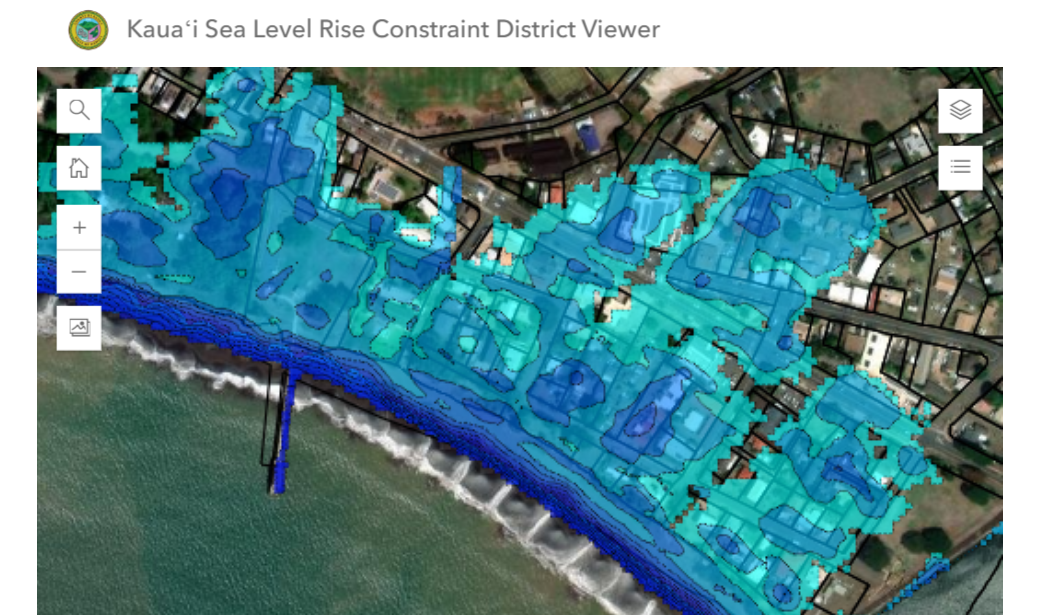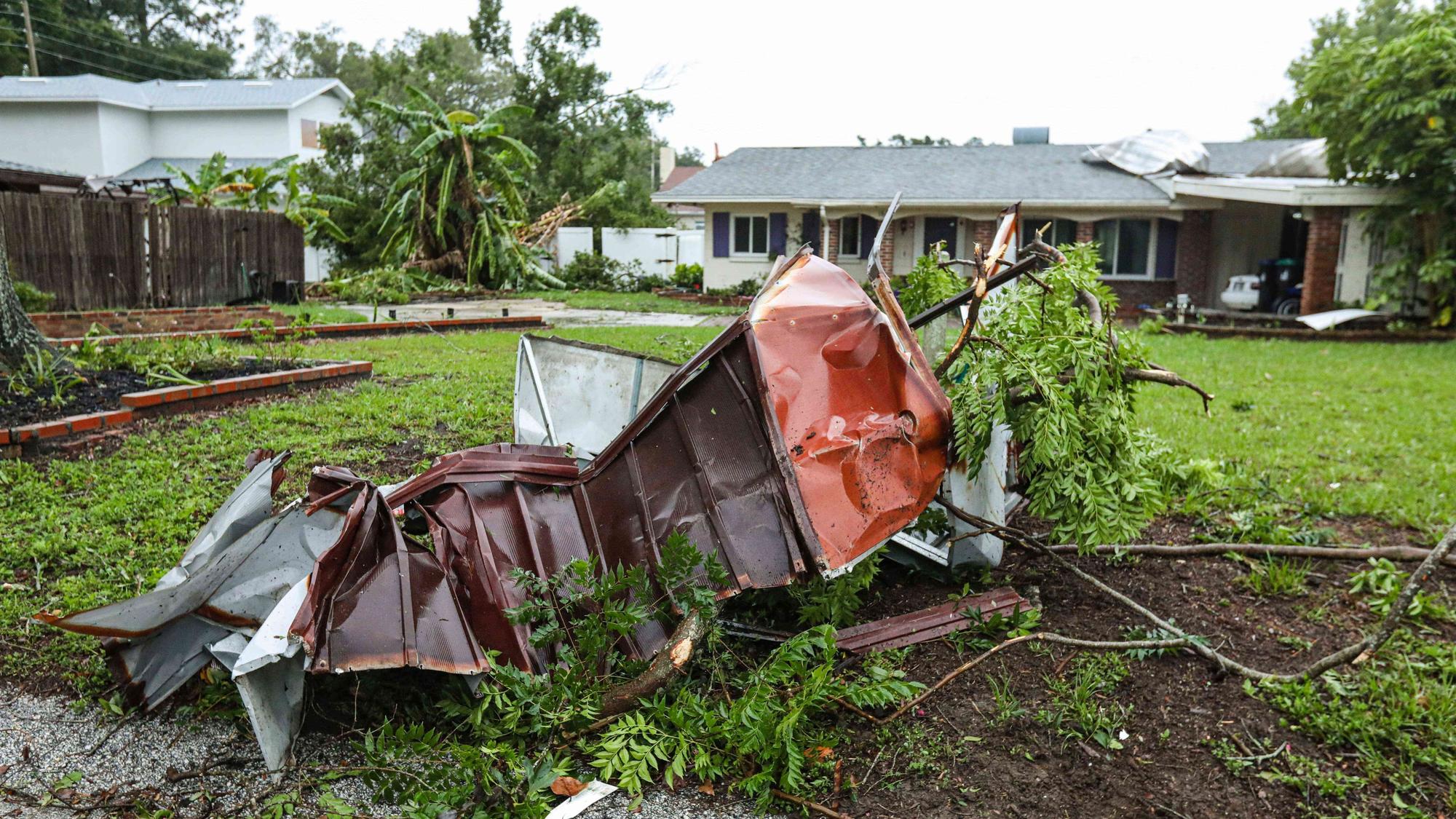- April 11, 2013
- Disaster Management
Rebuilding places after disasters is ultimately about rebuilding community. Without the interconnectivity and support networks that community provides, funds directed towards disaster recovery will ultimately not go very far. An equal amount of rebuilding costs much more, not finding the advantages of economic multiplier effects, and investor confidence isn’t increased. Communities remain dependent on aid rather than investment – which isn’t true recovery at all.
Communities that rely more upon themselves in place of external organizations to rebuild often fare much better in the long term.
As governments in New Jersey and New York continue to grapple with rebuilding and recovery after Sandy, other groups have stepped into a place of agency, particularly in poorer communities with fewer resources. These groups often crowdsource data and resources to make up for what they might lack in funds, relying on and thereby simultaneously rebuilding community as a driver of its own recovery. Communities that rely more upon themselves in place of external organizations to rebuild often fare much better in the long term. It is critical to channel needed government funds through local channels so the money can fund the rebuilding of the local community and economy, not only of homes, streets, and utilities. And crowdsourcing technology can make this tricky logistical task possible.
Occupy Sandy, a post-disaster offshoot of the Occupy Wall Street movement that irked the NYC government last year, has gone surprisingly mainstream in its non-confrontational disaster recovery efforts. However, technology has enabled it to maintain the genius of its center-less organization in its efforts. The group’s website serves as the nexus of the undertaking, allowing citizens to request aid via SMS, recovery sites to post needed help as well as available resources, and citizens to volunteer. In addition to cash donations, visitors can also offer in-kind donations through an Amazon registry. Piggy-backing off of this existing technology and logistics model – the Amazon distribution network – the registry’s requested goods are connected to local stores rather than a warehouse located somewhere across the country. As a result, the group gets exactly what it needs, donations become even easier to make for those who want to help, and most importantly, their money does double-duty, supporting local business as well as the recovery effort directly.
The more money flowing in that reinforces local economic drivers rather than competing with them, the more quickly investor confidence returns. The system can begin to propel itself through normal supply and demand forces, and the real recovery can happen quickly. Outside funds are needed to kick-start these normal dynamics that have been disrupted by disaster, but if they are used to simply ship in outside resources without regard to local businesses, they do nothing for the local economy except pull out demand and create massive distortions, harming immediate sales and long-term investment. Occupy’s clever use of existing logistical infrastructure has allowed them to bring outsiders in through a familiar system, to feed aid through local channels in a way not possible not long ago.
This model, while obviously coming from a very different ideological position than government offices and agencies, offers important suggestions to post-disaster aid design and how federal, state, and local funds are directed. Crowdsourcing disaster response holds huge promise in rebuilding communities more holistically and speedily, and would allow government to better direct individual’s efforts toward the kind of coordination and cost-benefit-calibrated protocol the government is perhaps in the best position to oversee.
Federal and local governments have in fact supported some initiatives that have incorporated the same principles of technology-powered localization of recovery. For instance, FEMA was a founding partner of the Disaster Contractor’s Network in Florida, an online resource that connects those trying to rebuild and local contractors to legal and technical resources, and more importantly to each other. The government is supporting a platform that drives matching of local needs and resources, lowering administrative costs and deriving greater benefits from local reinvestment of aid dollars.
In a similar vein, the DHS, NHS, and a number of local governments in Florida have lent support to the Business Continuity Information Network out of Florida University, a platform for information sharing between governments and businesses and as well as between businesses, in preparation and in response to disasters. While helping businesses access government resources made available after disasters, the Network more importantly allows businesses to communicate needs and available resources to the entire network, sourcing aid locally and promoting local economic activity as the primary driver of immediate recovery. Businesses know who else is coming back on line and can rebuild their supply chains locally, while increased information sharing boosts reinvestment by lowering perceived risk.
All of these efforts point to the catalyzing role simple web and mobile technologies can play in distributing aid after disasters, localizing and crowd-sourcing efforts to both speed recovery and increase local investment as a crucial byproduct. These strategies need to be further integrated into mainstream recovery efforts, so as to leverage the greater funds possible through more direct government support, as well as the coordination and knowledge government involvement can provide.




